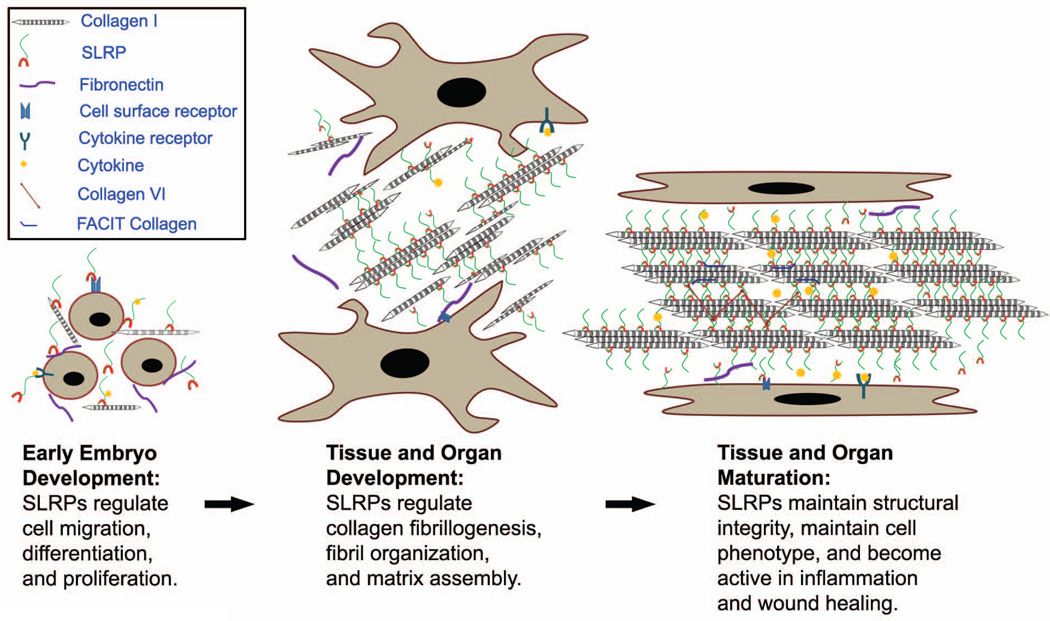Fig. 6. Roles of SLRPs in extracellular matrix assembly during development and maturation.
Dynamic interactions involving SLRPs, cells and their extracellular matrix result in the diversity and modulation of tissue-specific function. In development, SLRPs regulate cell migration, differentiation and proliferation via cytokines and cell receptors. In later stages, they instruct matrix assembly through the regulation of linear and lateral fibril growth through binding to the collagen fibril surface. They are indispensable constructive components of the matrix in mature tissues, interacting with other extracellular matrix components such as FACIT collagens, and collagen VI. They also modulate the function of cytokines in the extracellular matrix. In pathological conditions, such as inflammation and the injury response to wounding, SLRPs facilitate tissue repair and regeneration.

